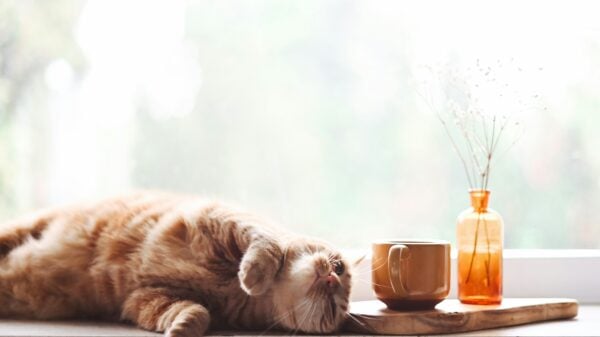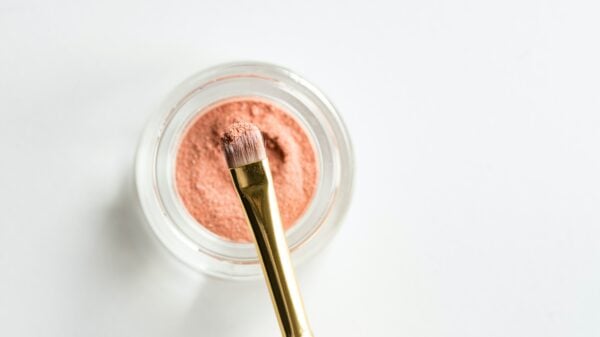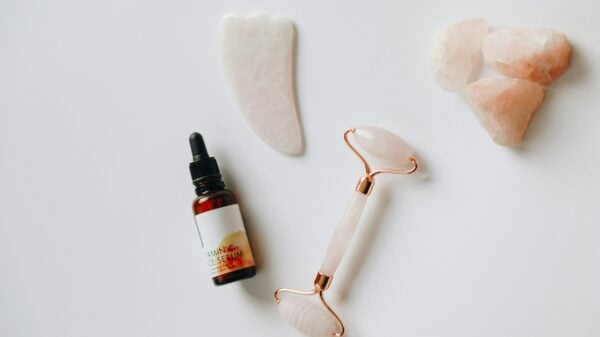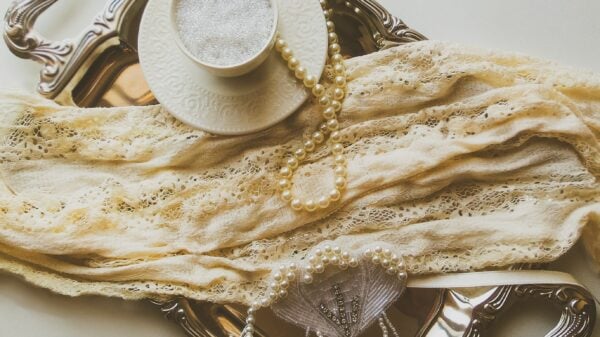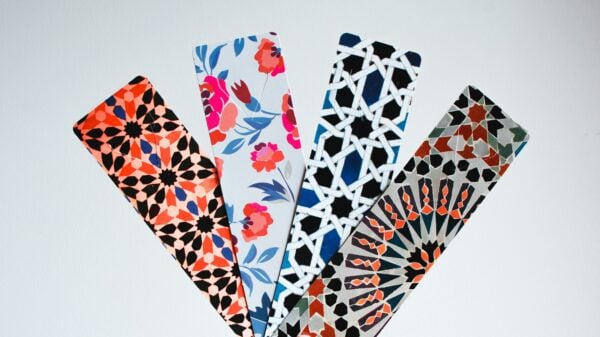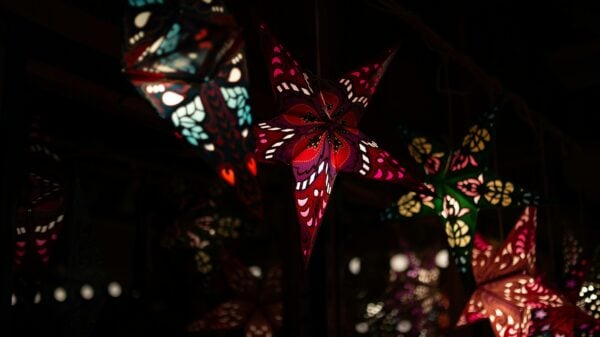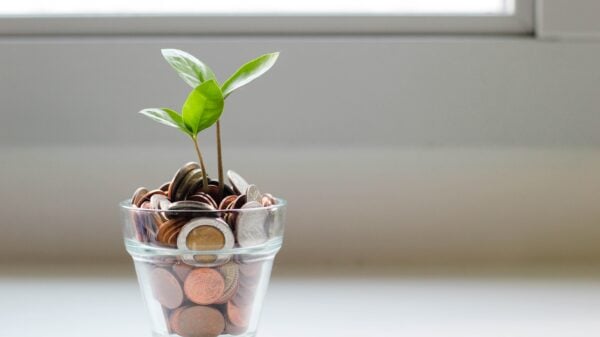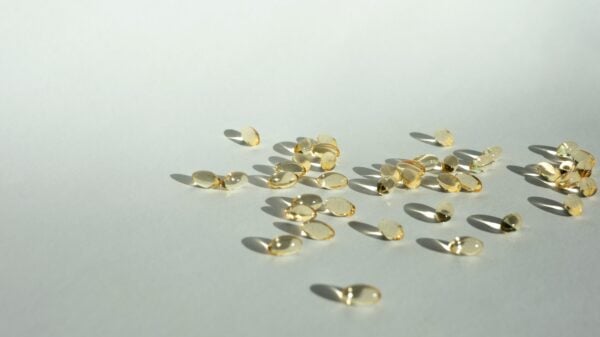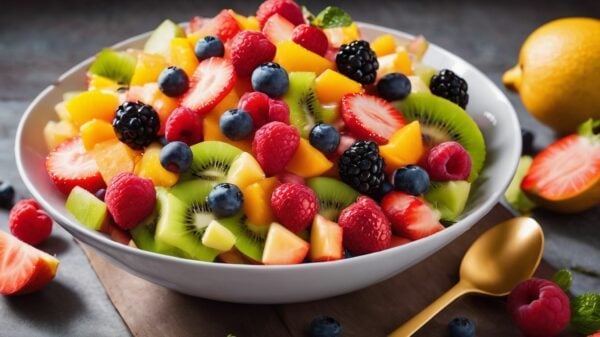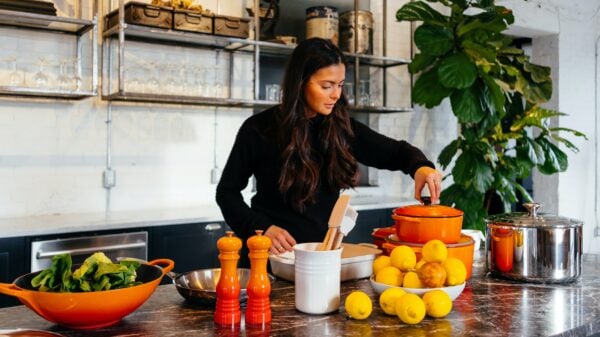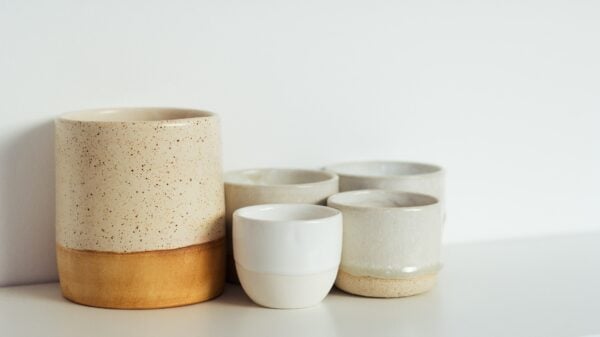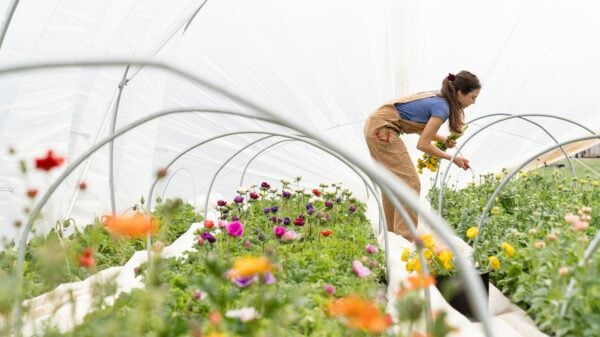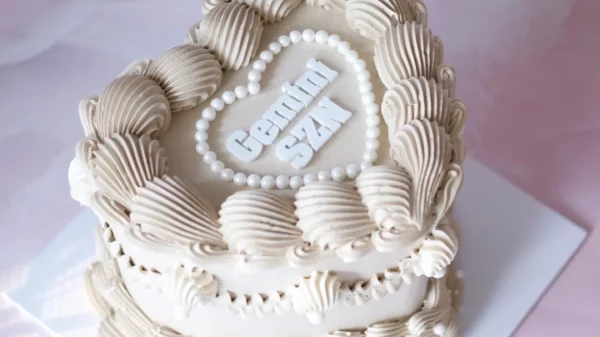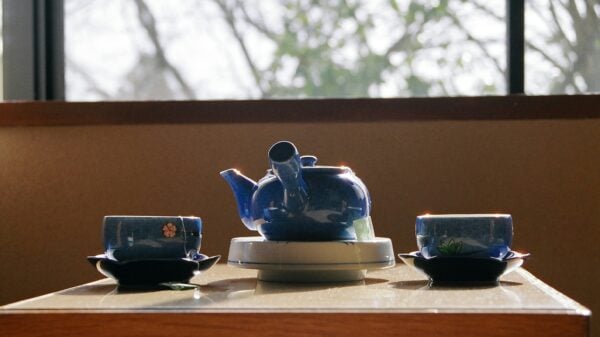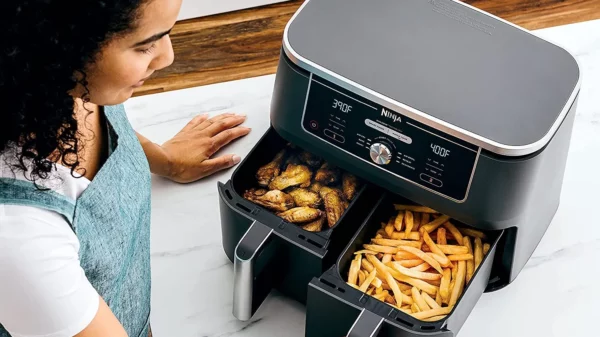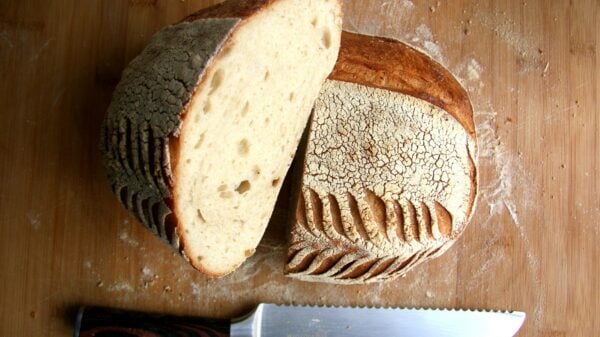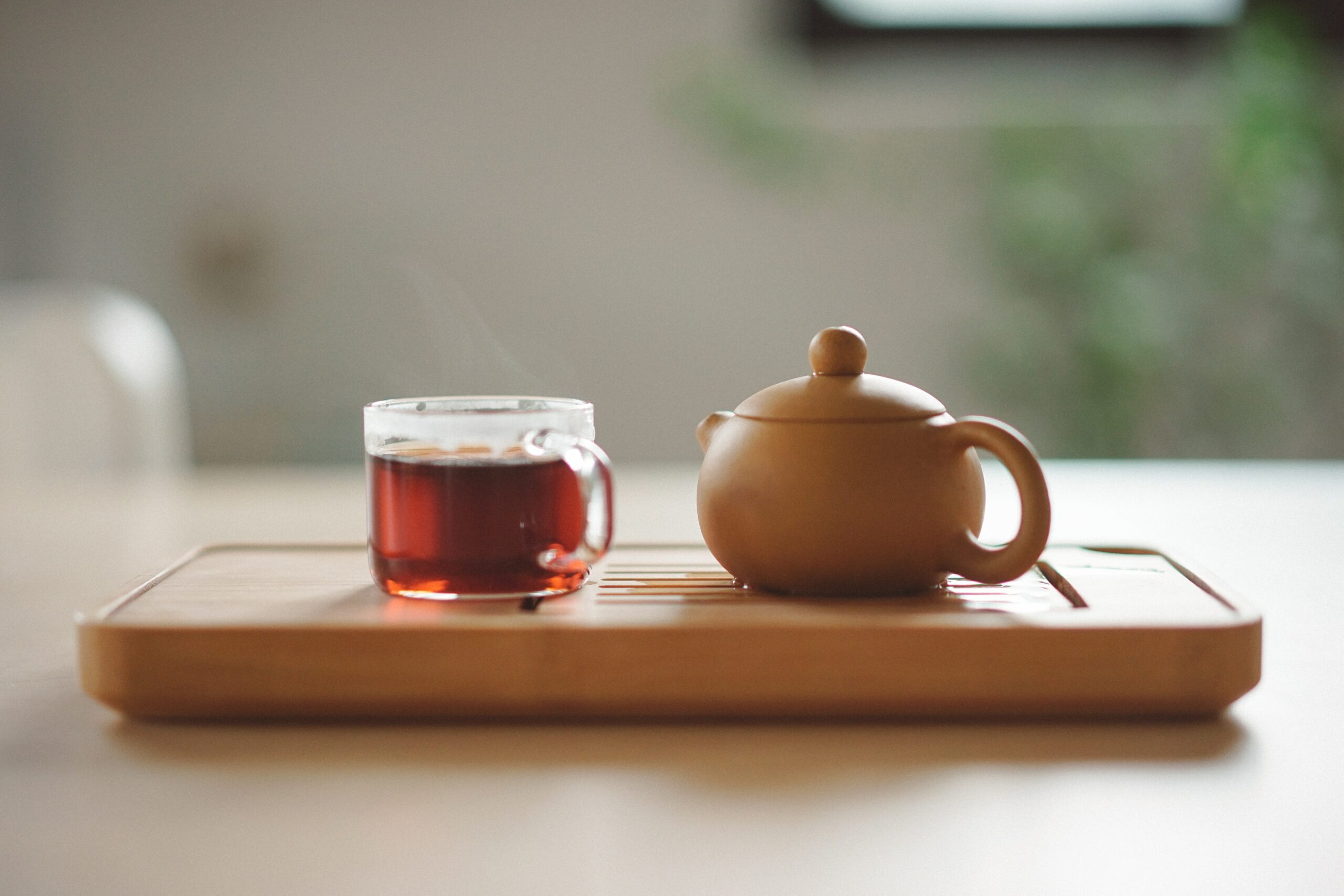Ever felt overwhelmed with the vast world of teas and wish to discover unique flavors? Did you know there are over 20,000 different tea varieties worldwide ranging from white, black to green and more exotic blends? This article will be your guide through the art of tea tasting, helping you explore fascinating flavors and learn about their history. Let’s get steeping!
The History and Origins of the Art of Tea
Tea has a rich and fascinating history that dates back thousands of years, with its origins rooted in ancient China.
Botanical origin
Tea comes from a special plant. Its name is Camellia sinensis. This plant grows in many parts of the world. China and India are big places for it. The way people grow and pick the tea changes its flavor.
Warm weather, rich soil, and high rain make it taste great!
Early tea drinking
Tea has a long and fascinating history, dating back thousands of years. It is believed to have originated in China, where early tea drinking practices began. In ancient times, tea was initially consumed for medicinal purposes before it became a popular beverage.
The Chinese had an elaborate tea culture and even developed special ceremonies around its preparation and serving. As time passed, the popularity of tea spread beyond China’s borders and reached other parts of Asia.
Today, we can enjoy the rich traditions and flavors that have been passed down through generations thanks to the early pioneers of the art of tea drinking.
Developments and worldwide spread of the art of teaUncover the art of tea tasting with over 20,000 unique flavors and blends. Discover the history behind each sip in this comprehensive guide.Z
The art of tea has a long and fascinating history that spans different cultures and continents. From its botanical origin in China to the early tea-drinking traditions, tea has been enjoyed by people all over the world for centuries.
Over time, tea cultivation and production techniques have developed, leading to the worldwide spread of various tea varieties. Today, you can find an extensive range of teas, from single origin options to unique blends with flavors like blooms or herbs.
The global popularity of tea continues to grow as more people discover its diverse flavors and rich cultural heritage. Whether you prefer black, green, or herbal teas, there is something for everyone to enjoy in the world of tea!
Exploring the Art of Tea
Discover the diverse range of tea flavors and blends, including black, white, green, yellow, and oolong teas.
Types of tea (black, white, green, yellow, oolong)
Tea comes in various types, each with its unique flavor and characteristics. There’s black tea, which is bold and robust, perfect for a morning pick-me-up. White tea has a delicate and subtle taste, while green tea offers a refreshing and grassy flavor.
Yellow tea is rare and mellow, with a slightly sweet undertone. Oolong tea falls between green and black teas, offering complex flavors that can range from floral to fruity. Exploring these different types of tea allows you to experience the diverse world of flavors that tea has to offer.
Caffeine content
Tea is a popular choice for many people because it contains less caffeine compared to coffee. The amount of caffeine in tea can vary depending on the type and how it’s prepared. Generally, black teas have the highest caffeine content, followed by oolong and green teas.
If you’re looking for lower caffeine options, herbal teas like chamomile or peppermint are great alternatives. You can also try decaffeinated versions of your favorite teas that have been specially processed to remove most of the caffeine.
So whether you’re sensitive to caffeine or just prefer a milder pick-me-up, there are plenty of tea options available to suit your needs and preferences.
Unique blends and flavors
Tea offers a wide variety of unique blends and flavors that cater to different tastes. From traditional blends like Earl Grey and English Breakfast to more exotic options like jasmine green tea or fruity herbal infusions, there is something for everyone.
You can also find teas with added spices, flowers, or even chocolate for a truly indulgent experience. Whether you prefer bold and robust black teas or delicate and refreshing green teas, the world of tea has endless possibilities to explore.
So go ahead and expand your tea inventory with some loose leaf teas, experiment with different combinations, and discover new favorites along the way.
The Art of Tea Preparation
Discover the recommended steep times, ways to match tea with food, and tips for hosting a virtual tea party. Ready to elevate your tea experience? Read on!
Recommended steep times
To brew the perfect cup of tea, it’s important to know the recommended steep times for different types of tea. Each type has its own unique flavor profile and requires a specific amount of time to extract the best taste.
For green teas, steeping them for 1-2 minutes will give you a light and delicate flavor. Black teas, on the other hand, should be steeped for 3-5 minutes to achieve a bold and robust taste.
Herbal teas can vary in steeping time depending on the ingredients used, but generally they are brewed for 5-7 minutes to release their full flavors and aromas. By following these recommended steep times, you’ll be able to enjoy a perfectly brewed cup of tea every time.
Matching tea with food
Pairing tea with food can enhance both the flavor of the tea and the taste of the dish. Just like wine, different teas have their own unique characteristics that can complement or contrast with various flavors.
When it comes to matching tea with food, consider the intensity and flavor profile of both elements.
For example, light and delicate teas like white or green teas are best paired with light dishes such as salads or seafood. The subtle floral notes in these teas harmonize well with fresh ingredients.
On the other hand, robust black teas go well with heartier foods like grilled meats or rich desserts. Their bold flavors can stand up to strong flavors while balancing out sweetness.
When experimenting with tea and food pairings, don’t be afraid to get creative! Try a fragrant oolong tea alongside spicy Asian cuisine for a delightful contrast in flavors. Or enjoy a soothing herbal infusion after a meal to cleanse your palate and aid digestion.
Hosting a virtual tea party
Hosting a virtual tea party can be a fun and unique way to connect with friends and loved ones from the comfort of your own home. To set up your virtual tea party, you’ll need a few key items: a variety of loose leaf teas from different regions, teacups or mugs for each participant, hot water, and perhaps some small treats like cookies or pastries.
Once everyone is gathered online, take turns describing the flavors and aromas of the teas you’ve chosen. You can even experiment by creating your own tea blends using different combinations of herbs, fruits, or spices.
Don’t forget to dress up in your favorite cozy outfits and enjoy the experience together!





